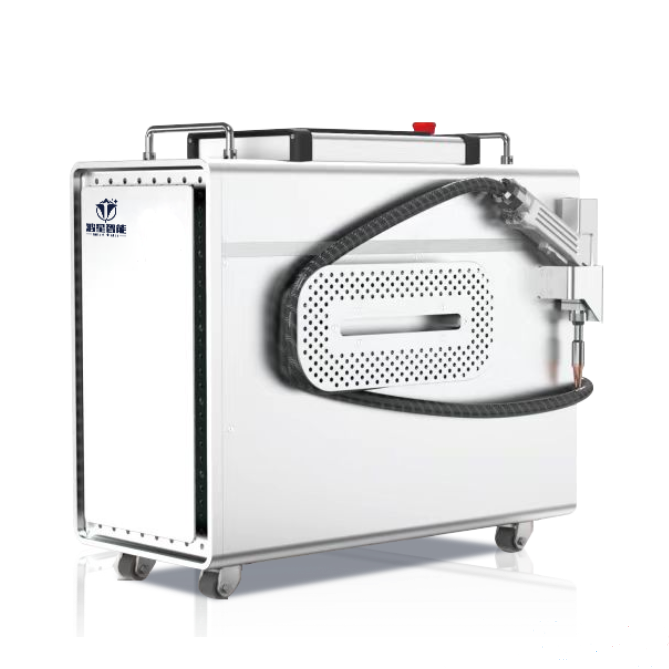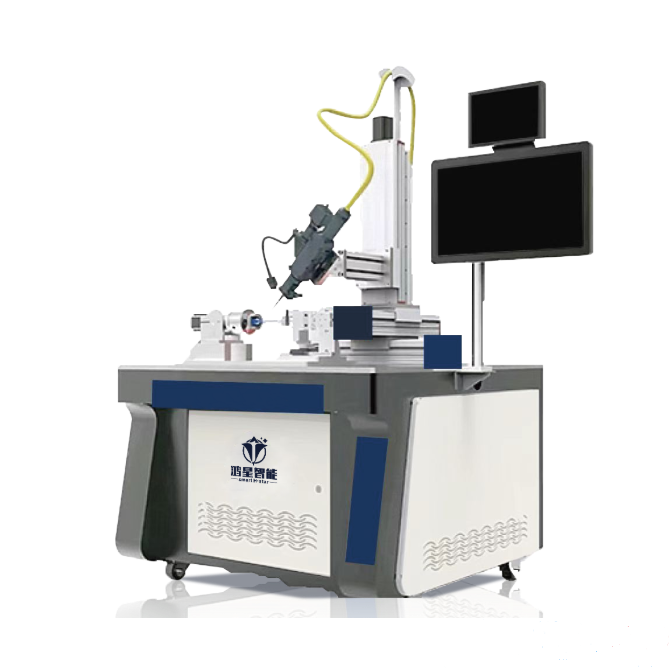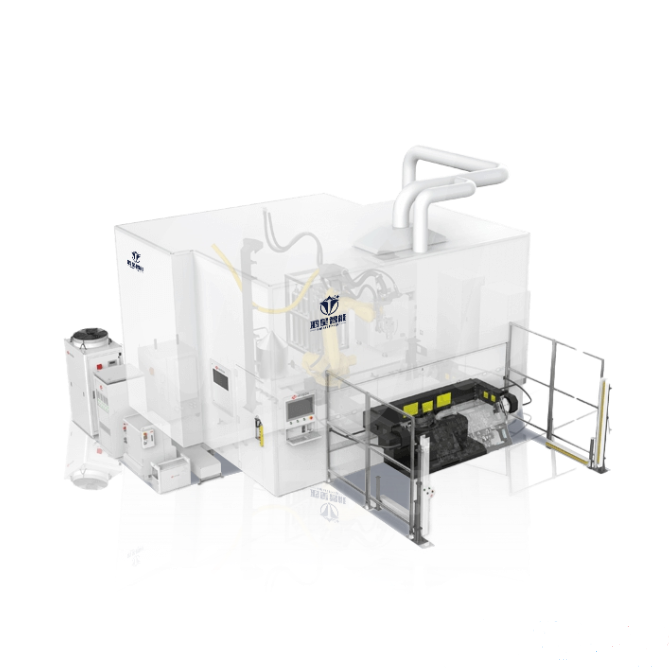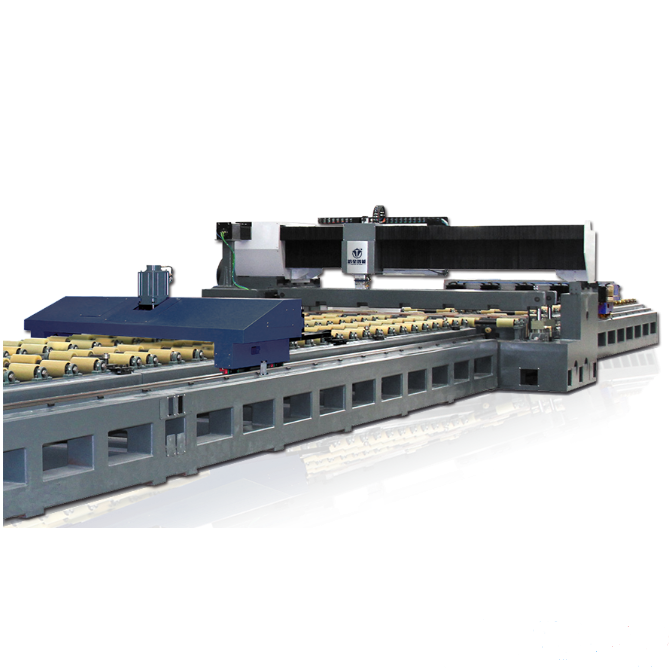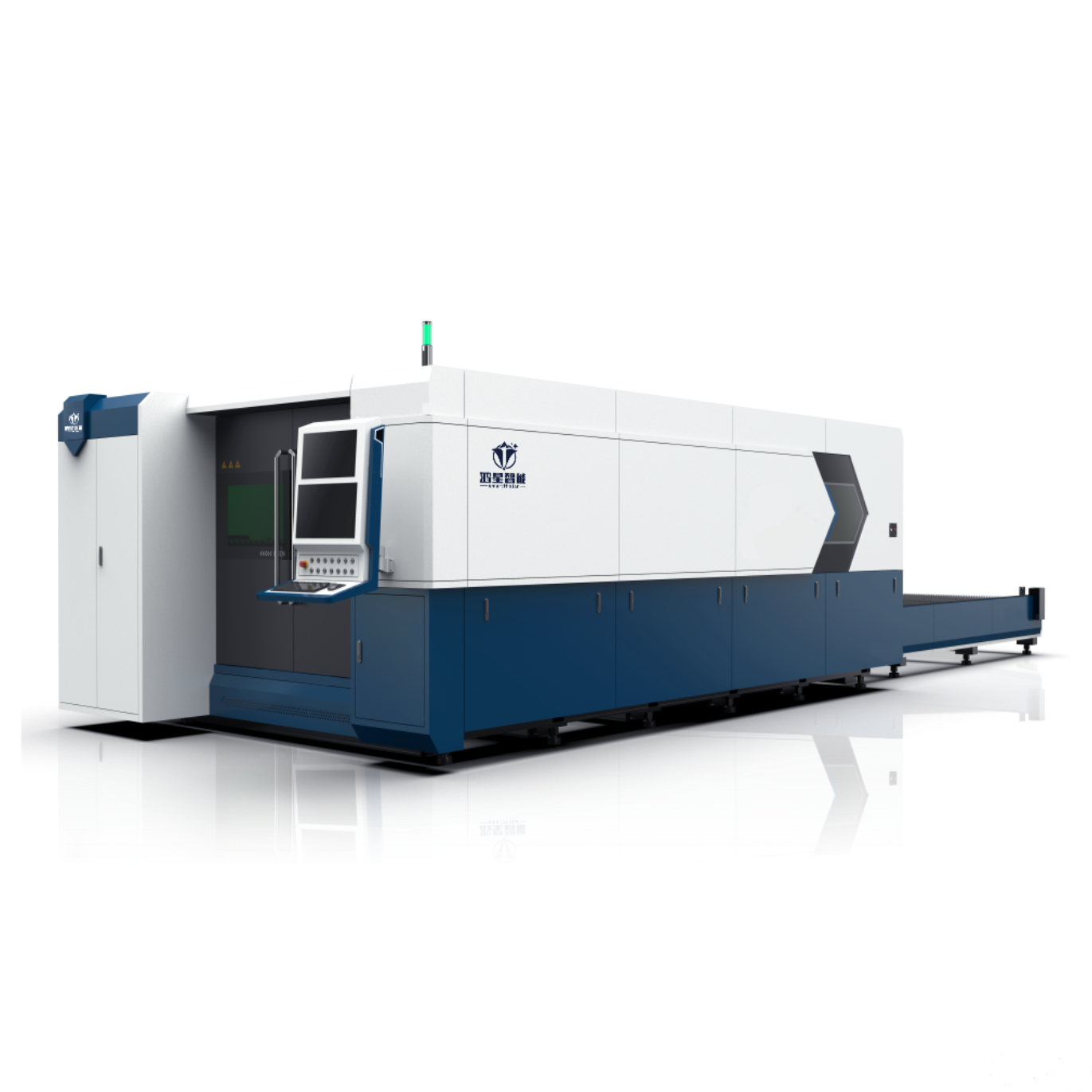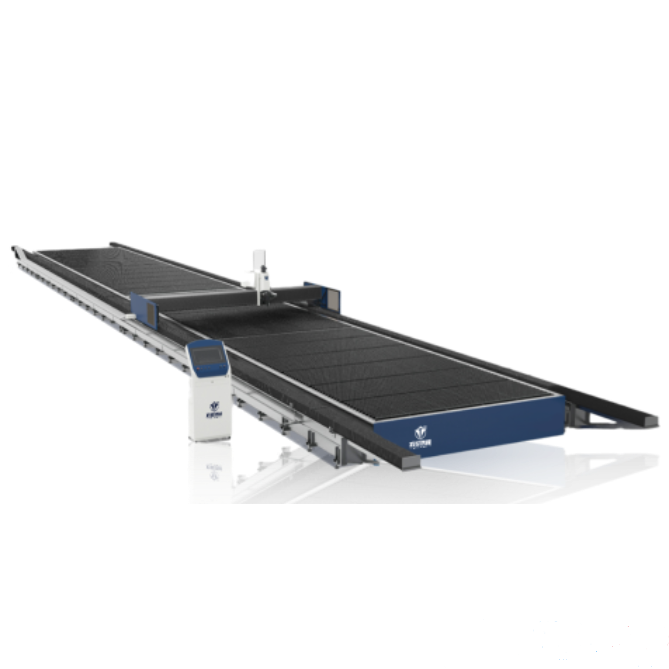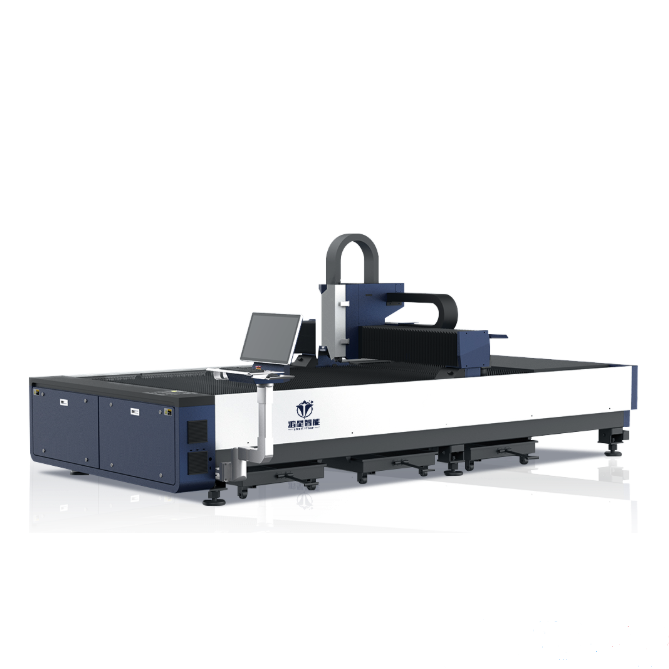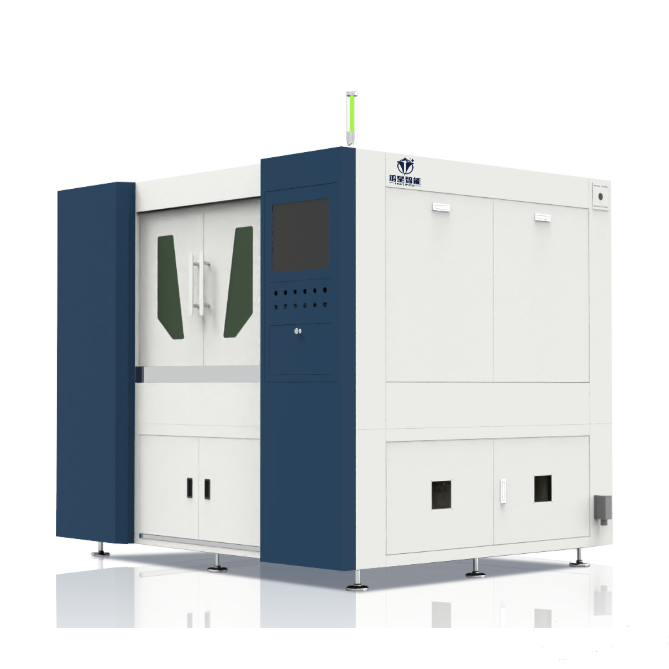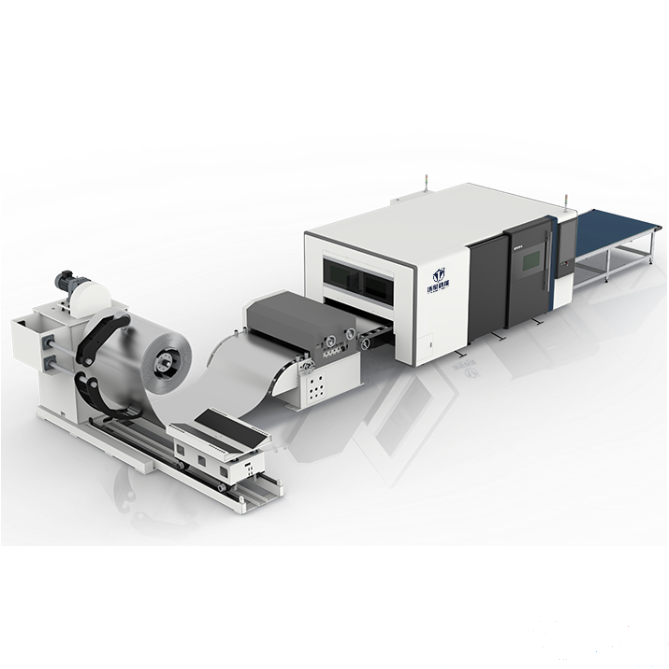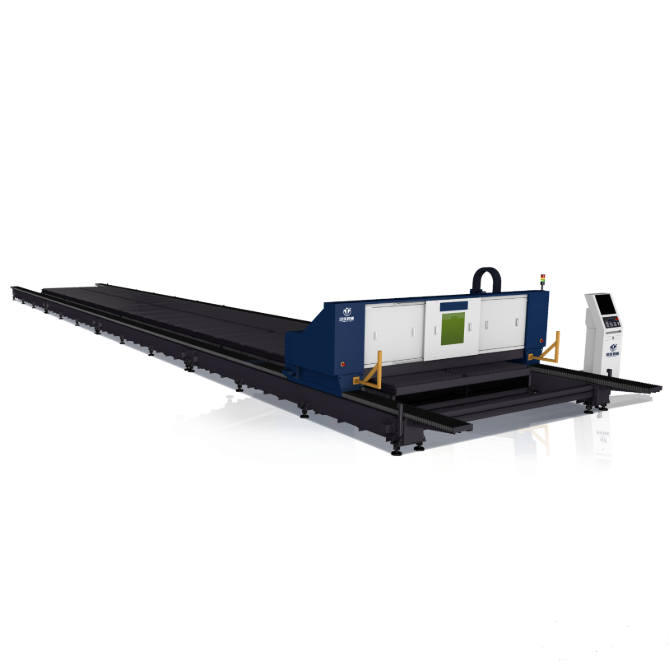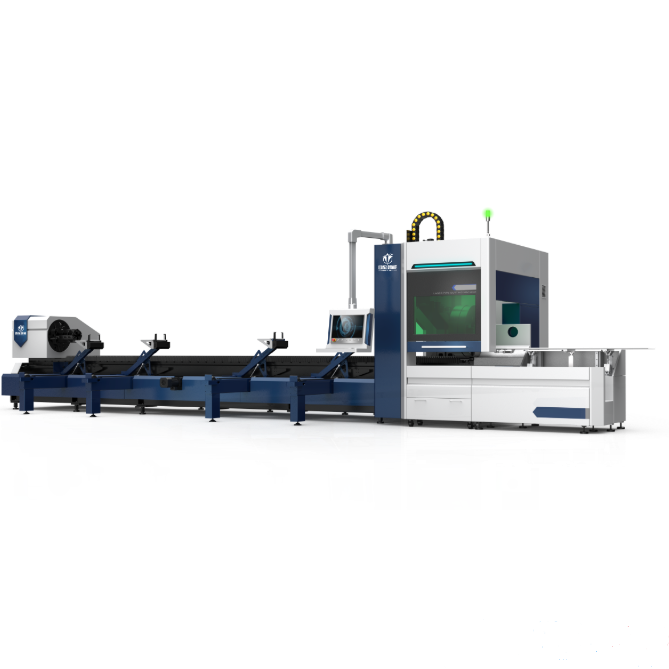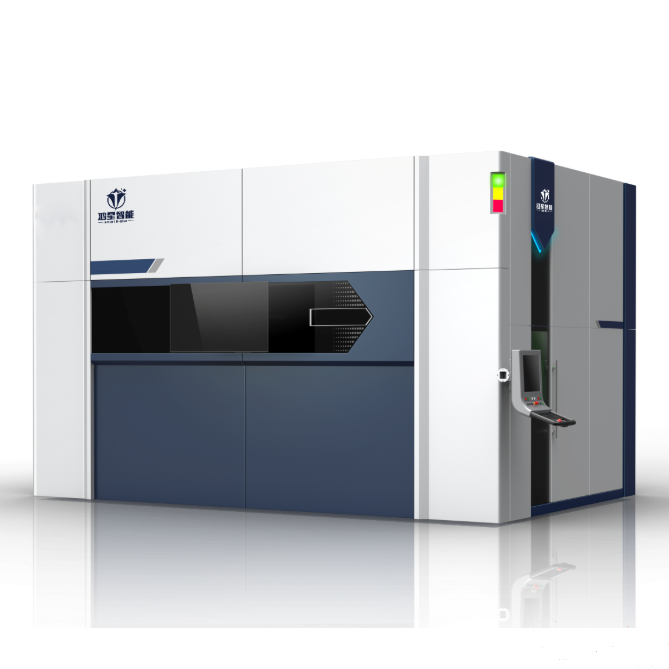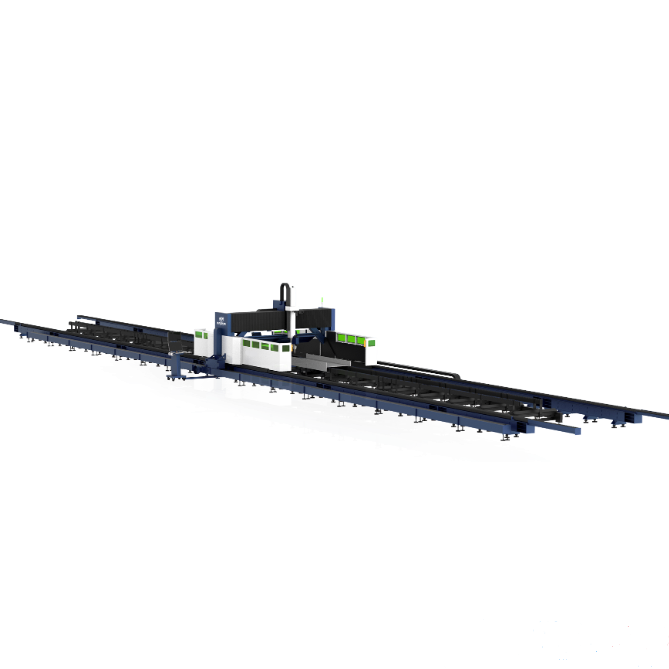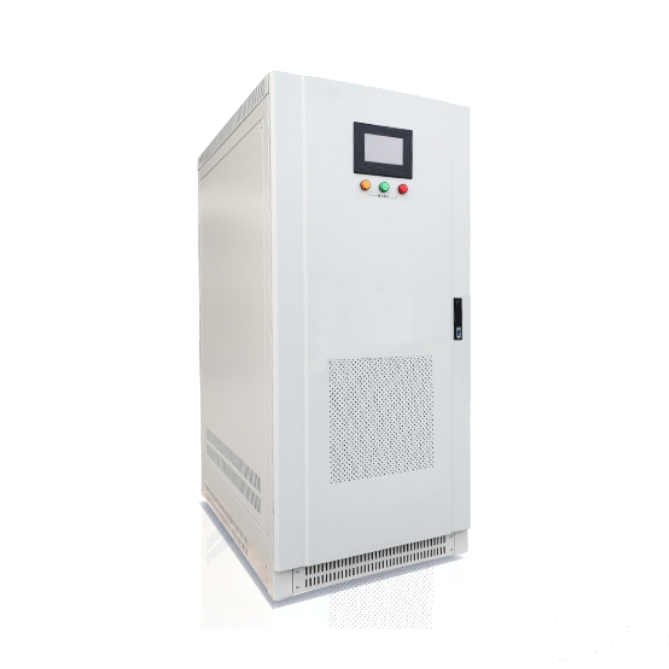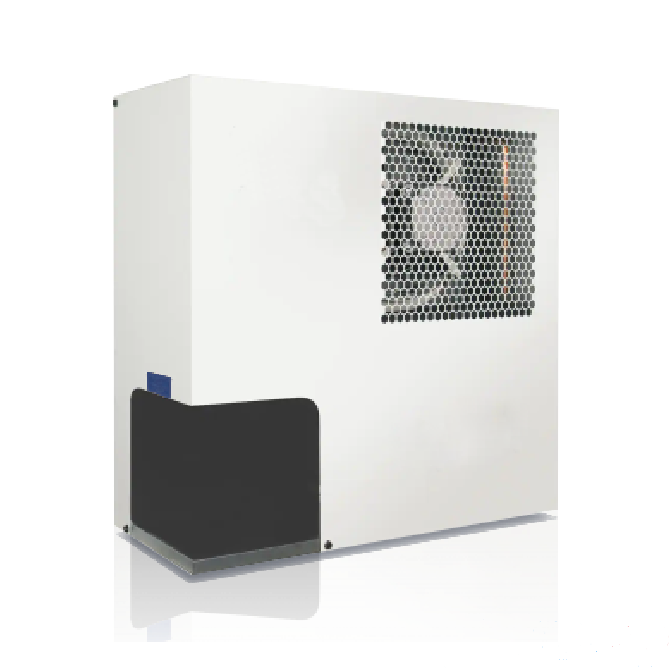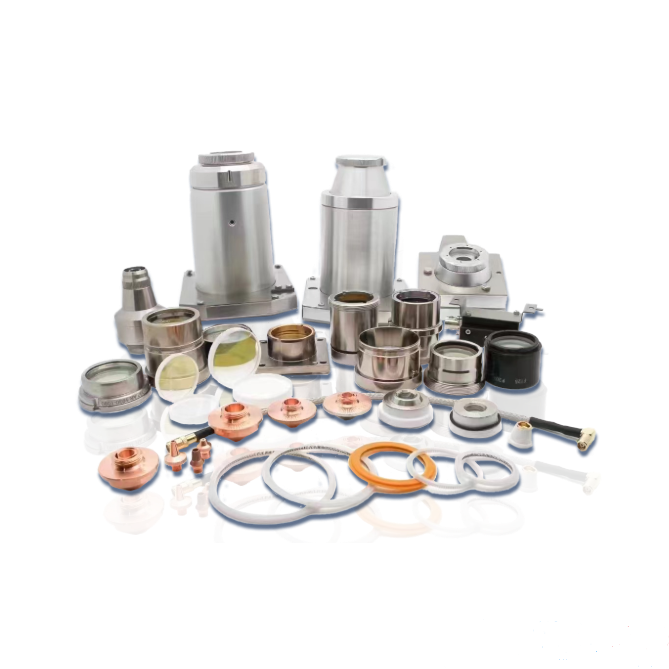New Welding Technology and Application
Release Date:2024/10/23
Here are some new welding technologies:
1.Laser welding:
-Principle: Use laser radiation to heat the surface to be processed, and the surface heat is guided to the interior for diffusion through heat transfer. When the power density is less than that of thermal conduction welding, the depth of fusion is shallow and the welding speed is slow; When the power density is greater than this range, deep penetration welding is formed, and the metal surface is concave into "holes".
-Advantages: Fast welding speed, large aspect ratio, small heat affected zone, high weld quality, can be welded at room temperature or under special conditions, and can also weld refractory materials such as titanium, quartz, etc. Suitable for high-precision manufacturing fields such as automobiles, ships, airplanes, high-speed trains, as well as the home appliance industry.
-Application case: Volkswagen's 42 meter seamless welding technology has improved the overall integrity and stability of the vehicle body; Haier's first washing machine produced using laser seamless welding technology.
2. Laser composite welding:
-Principle: Combining laser beam welding with MIG welding technology, the laser and arc are simultaneously applied to the welding area.
-Advantages: It combines the advantages of laser welding, such as deep penetration, high welding speed, low heat input, narrow weld seam, low cost of Mig welding power supply, good weld bridging, and good arc stability. In addition, it has good weld formation, low heat input, small welding deformation, and small welding strength loss.
-Application: In addition to welding automotive thin plate structural components, it can also be used for concrete pumps, mobile crane booms, rail vehicle manufacturing, and conventional steel structures (such as bridges, fuel tanks, etc.).
3. Friction Stir Welding:
-Principle: Utilize frictional heat and plastic deformation heat as welding heat sources. A cylindrical or other shaped stirring needle is inserted into the joint of the workpiece, and through the high-speed rotation of the welding head, it rubs against the material of the welded workpiece, causing the temperature of the connecting material to rise and soften.
-Advantages: It can achieve welding between dissimilar materials, such as metals, ceramics, plastics, etc; High welding quality, less prone to defects, easy to achieve mechanization and automation, stable quality, low cost, and high efficiency.
-Application: Widely used in aerospace, shipbuilding and other fields, such as welding of aircraft wings, rocket fuel tanks and other components.
4. Electron beam welding:
-Principle: Using accelerated and focused electron beams to bombard welded parts placed in vacuum or non vacuum, the kinetic energy of electrons is converted into thermal energy, causing the metal to rapidly melt and evaporate, forming a weld seam.
-Advantages: Strong electron beam penetration ability, large weld depth to width ratio, up to 50:1, can achieve one-time forming of thick materials, fast welding speed, high welding structure accuracy, and can weld various materials, especially active metals, refractory metals, and workpieces with high quality requirements.
-Application: Commonly used in industries such as aerospace, atomic energy, national defense and military, automotive and electrical instrumentation.
5. Ultrasonic metal welding:
-Principle: By utilizing the mechanical vibration energy of ultrasonic frequency, under static pressure, the vibration energy is converted into frictional work, deformation energy, and limited temperature rise in the working space, enabling solid-state welding of metals without melting.
-Advantages: fast, energy-saving, high fusion strength, good conductivity, no sparks, close to cold processing.
-Disadvantages: The welded metal parts cannot be too thick (generally less than or equal to 5mm), the welding points cannot be too large, and pressure is required.
-Application: Can be used for welding thyristor leads, fuse blades, electrical leads, lithium battery poles, and pole ears.
6. Downward welding:
-Principle: Unlike traditional manual electrode arc welding, the welding direction is from top to bottom. E6010 cellulose electrode is used to initiate the arc from the top of the pipeline and perform full position welding from top to bottom.
-Advantages: Fast welding speed (more than 1.5 times faster than commonly used upward welding), not afraid of wind, especially suitable for field operations, and is a trend in the development of welding technology for long-distance pipelines and municipal pipelines.
7. New handheld laser welding robot:
-Features: Fast welding speed, beautiful surface forming; High power density after laser focusing; The weld seam has a large depth and high strength; Accurate positioning, capable of welding in vacuum and specific gas environments, suitable for welding small and micro workpieces in large-scale automated production.
-Application: It has been successfully applied in the new high-speed maglev train project of CRRC in China, solving problems such as beautiful and defect free welds and less deformation in post-processing.




